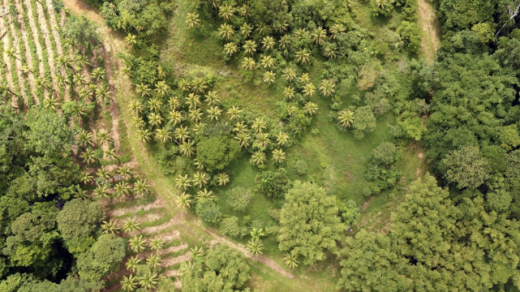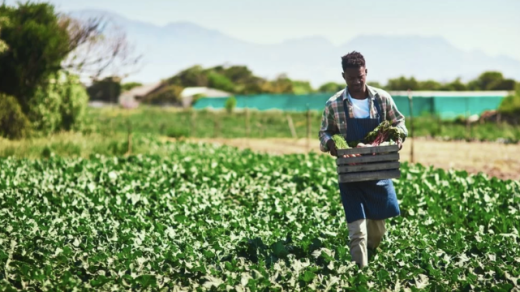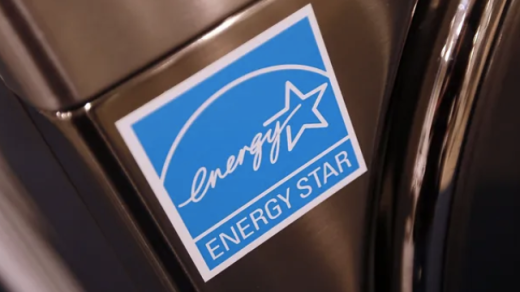It is a lucrative and socially sustainable farming system of plant and animal production practices. It allows farms of all sizes to contribute to their local economies to meet human food and fiber needs. Improved farming ideas and practices give options for producing food and other agricultural products at a low environmental cost without jeopardizing food accessibility and availability, as well as the general well-being of future generations. To solve the problem of long-term food security, sustainable agricultural techniques and practices should be embraced and utilized at all scales of agricultural production.
Sustainable Agriculture Approaches
Practicing Organic Farming
Organic farming is a method of agriculture that does not use synthetic fertilizers, pesticides, or other synthetic compounds. Organic agriculture was established as an alternative to traditional agriculture as a comprehensive, ecosystem-based strategy.
Organic agriculture is an efficient and promising agricultural practice for environmental responsibility since it produces consistent yields, maintains soil health, has no environmental concerns, produces organic food, and requires less synthetic fertilizer. Various agricultural systems can help with environmental issues, but organic farming is, without a doubt, the most environmentally beneficial method of conserving ecological integrity.
An organic agricultural system consists of five basic components: (1) respect for the environment and animals, (2) encouraging environmentally friendly cropping practices, (3) utilization of non-chemical fertilizers and pest/disease/weed control methods, (4) production of high-quality products, and (5) refraining from using genetically modified crops.
Adopting Agroforestry
Agroforestry, or the purposeful integration of agricultural and forestry-based land-use systems, offers several benefits that contribute to the long-term sustainability of agroecosystems. Agroforestry has the ability to meet the country’s land stewardship needs by converting degraded land, protecting sensitive areas, and diversifying agricultural production systems.
Wind and water erosion are successfully mitigated by agroforestry systems. They can also help to maintain and improve yearly plant production. Plants and animals use strips of land planted with shrubs and trees as living places and refuges.
Integrated pest management
Integrated pest management (IPM) is an old idea that focuses on pest management strategies that are less harmful to the environment.
Integrated Pest Management is the employment of a variety of pest management strategies to supplement, minimize, or replace the usage of synthetic pesticides. IPM tactics include pesticide product management/substitution and agroecosystem redesign, as well as simultaneous management and strategy integration, regular pest and natural enemy monitoring, and the use of decision thresholds.
Management of whole systems and landscapes.
Uncultivated or less intensively farmed lands are seen as important to sustainable farming. Natural vegetation along streams, for example, or strips of prairie plants inside or surrounding crop fields, can help minimize erosion, reduce nutrient runoff, and sustain bees and other pollinators and overall biodiversity.
Conclusion
Sustainable farming methods are those that allow for more efficient use of natural resources, decrease agricultural and environmental impact, and improve adaptation to climate change and unpredictability. Crop rotation, increased crop diversity, cover crop utilization, no-till and reduced-till systems, integrated pest management (IPM), livestock and crop integration, sustainable agroforestry technologies, and precision farming are just a few examples.





